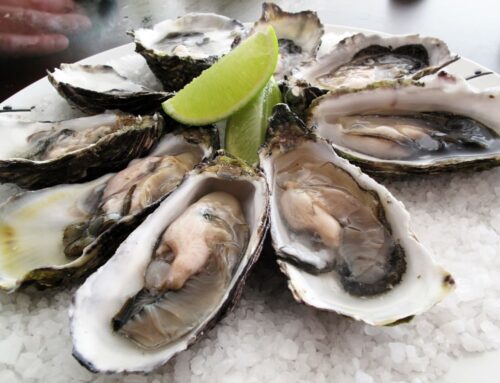In July 2018, China imposed a 25 percent tariff on American lobster imports, lowering sales to this fast-growing market by nearly 50 percent. Those lobster tariffs rose steeply to 35 percent on September 1, and while it takes several months – even years – to feel the effects of tariffs, this is sure to deal a critical blow to the U.S. lobster industry.
There has been growing middle-class demand for live U.S. lobster in China in recent years, and Chinese exports have commanded an expanding portion of the industry’s profit. Nearly $180 million of lobster shipped to China in 2017. That number fell to $82.1 million in the 12 months following the July 2018 tariff imposition.
These seafood and lobster tariffs are harming not only the national fish trade, but individual state economies. For example, Maine provides 80 percent of live lobster exports from the United States. While as of January 2019 the state was running a budget surplus, both agricultural and fisheries sectors have been hit hard by the China tariffs. Late 2019 and 2020 are sure to be harder on the average Mainer than in years past.
To cope with their losses in China, U.S. lobster dealers have been vying hard for attention in other parts of Asia, the Middle East, and South America, hoping to develop new markets for American lobsters. It can take a very long time for the effects of trade tariffs to settle into an industry, but U.S. lobster fishers are expecting hard years to come.
Lobster Tariffs a Boon for Canada
As a result of the trade tariffs, Canadian lobster fishers and producers are seeing a boon; the country has exported twice as many live lobsters in 2019 as in 2018, according to industry figures. The country was well-positioned for market dominance, already being the largest lobster supplier in the world and having signed free trade agreements with Europe, the United States, and a number of Asian counties via the Trans-Pacific Partnership.
Canada’s windfall comes amidst a global warming-related lobster migration. Warm waters and long generations are driving lobsters farther north, into Canadian waters and out of the mid-Atlantic and New England bays so closely associated with the crustacean.
Canada’s lobster market share is expected to continue growing, surpassing more than $3 billion by 2025 as a result of global demand – triple the figure for 2010. Much of this demand is projected to come from east Asia, a market previously dominated by the United States. While Canada and China have their own diplomatic tensions, in particular the Canadian arrest of Chinese telecoms executive Meng Wanzhou, the trade war with the United States will continue to drive greater demand for live Canadian lobster.
What Does it Mean for the Future?
Put simply, the China trade tariffs have only exacerbated the tension and fissure between U.S. and Canadian lobster industries, placing additional strain on American fishermen and further opening the Canadian market. While it is difficult, and sometimes dangerous, to generalize in the lobster industry, Canada will continue to outpace the United States in lobster production, even if the Chinese tariffs are lifted.
(Robert F. Bukaty/AP Photo)
Take note of our Affiliate Relationships that may exist with this page and companies listed on it.







